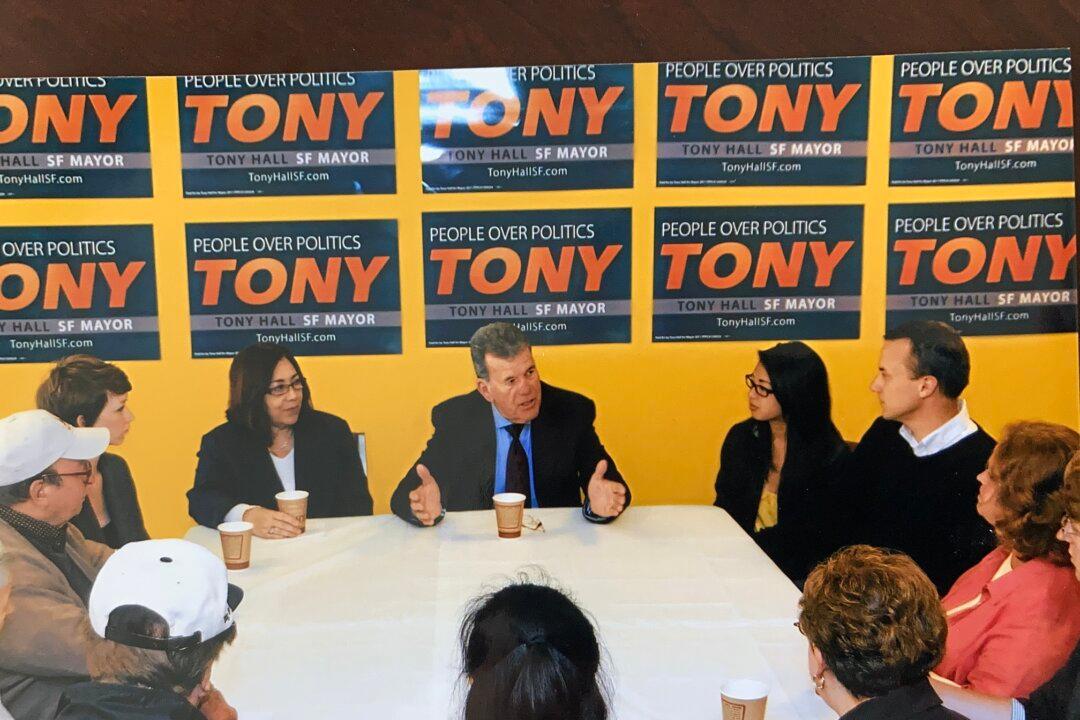Commentary
Voter fraud is the cancer that is eroding the very heart and soul of the American democratic system. It is one of the most serious problems facing America today.

Voter fraud is the cancer that is eroding the very heart and soul of the American democratic system. It is one of the most serious problems facing America today.